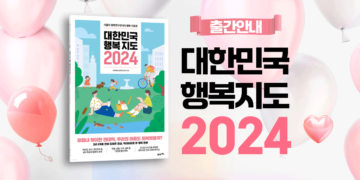Simola, S. (2012). Exploring “embodied care” in relation to social sustainability. Journal of Business Ethics, 107(4), 473-484.
Although there has been a proliferation of interest in sustainable business practice, recent research has identified concerns with the relative neglect of the social versus environmental aspects of sustainability. It is argued here that due to its reliance on internally held, concrete and intrinsically motivated forms of responsiveness, as well as its ability to be authentically social versus parochial in nature, that the ethical construct ...




![[연구참여자 모집/사례 지급] 자유연상 패턴과 심리적 속성 간의 관계 탐색](https://www.happyfinder.co.kr/wp-content/uploads/2024/05/워드프레스_연구참여자모집-360x180.png)









![[센터장 인사말] 서울대학교 행복연구센터의 센터장 최인철입니다.](https://www.happyfinder.co.kr/wp-content/uploads/2021/05/greetings-120x86.png)

![Vol.70 [행복달력] MAY Happiness Calendar](https://www.happyfinder.co.kr/wp-content/uploads/2022/04/5월_행복달력_커버페이지-1-120x86.png)




